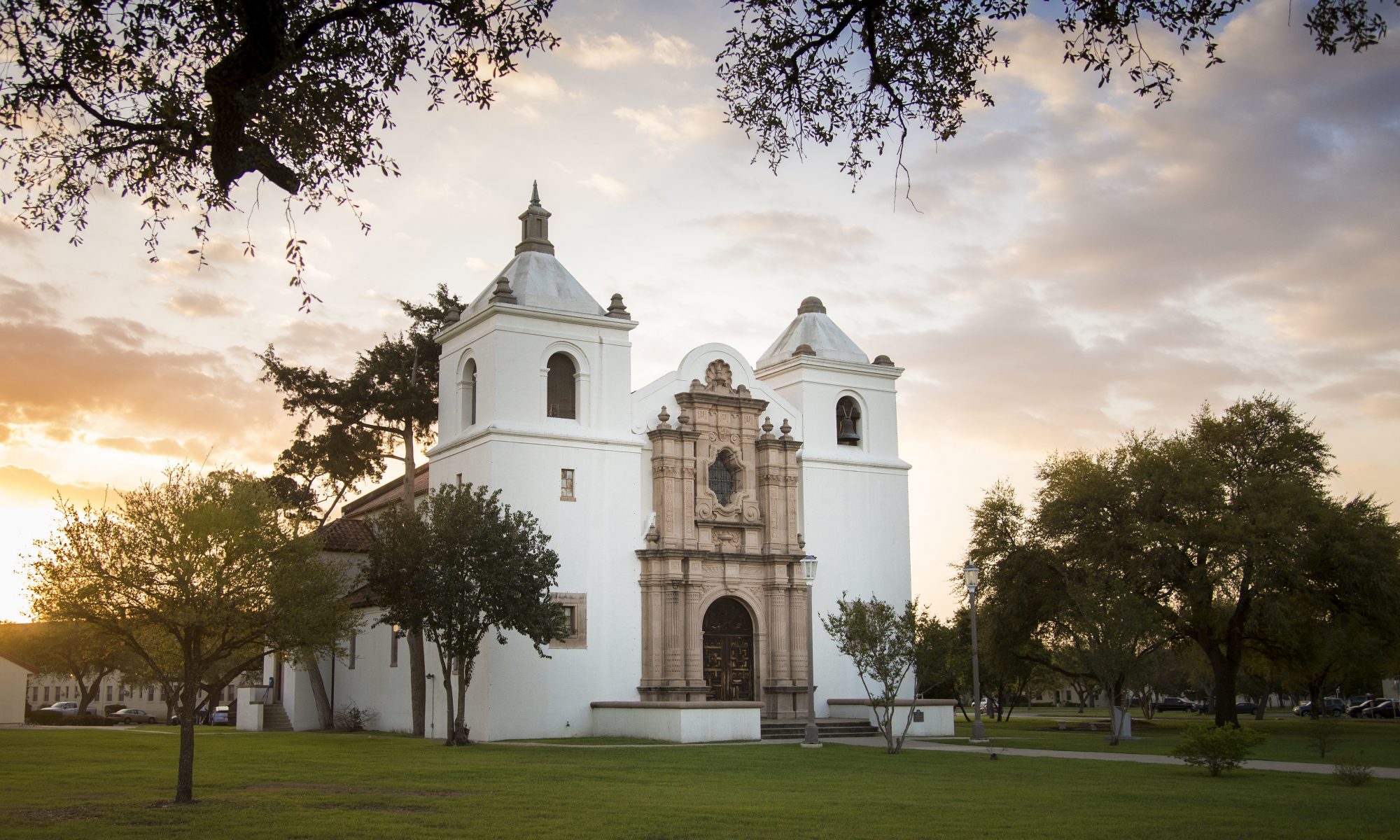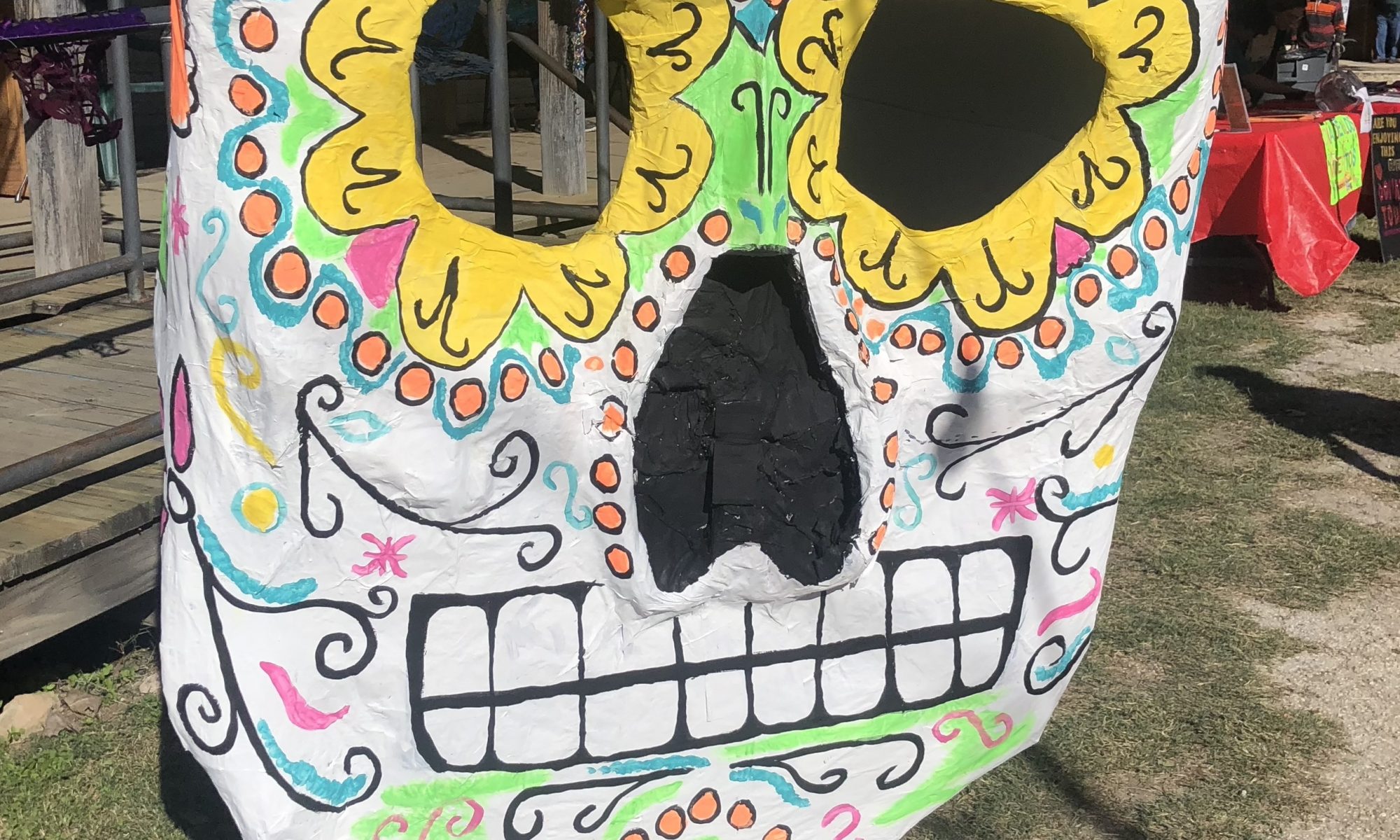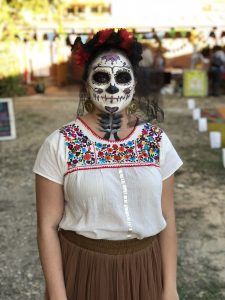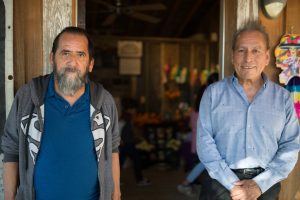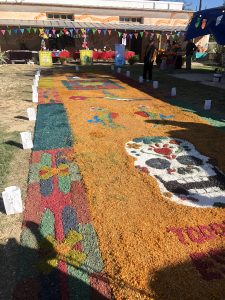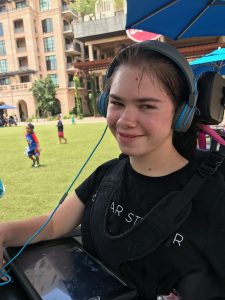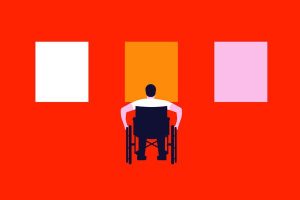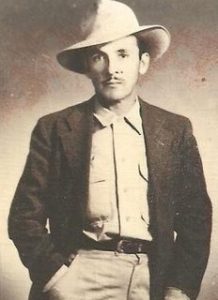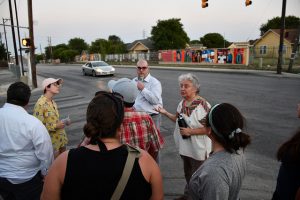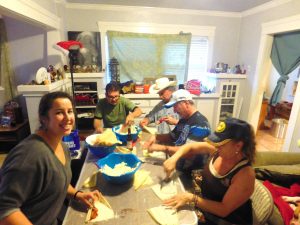The Bdote Memory Map was created through a long term partnership between the Minnesota Humanities Center and Allies; media/art. They thank their collaborators: First Person Productions of Migizi Communications, Andres Parra of VenUS Directions, Jewell Arcoren of First Nations Composers Initiative, Pat Nunnally of the River Life Program of the University of Minnesota, Marty Case of Allies Research and Writing and the Indian Treaty Signers Project, and Web design and development by This Clicks Interactive, St. Paul, MN. They also thank those who contribute words however the list is always changing and may not be correct.
Bdote Memory Map provides the Dakota’s people relationship and point of view to Minnesota. The project provides a decolonized approach to rethink historical sites, using multimedia platforms, documents of elder gatherings, interviews and oral histories, reflections for visitors and archives related to the Dakota presence.
The site opens up to the home page with a short description of what the site consists of and explains why the tabs are in the format of the different traveling directions. The background and colors used for the main page are very complementary to each other. The background is the same map that is used for the Memory Map however it is a more muted sand color. This color works with the contrast of the green that the tabs are. The tabs that are available to navigate are: We Are Home, Dakota Greeting, Mnisota: A Dakota Place, and Memory, which is the core of the site.
Next, the We Are Home tab directs the visitor to a video that is about one minute long. The video begins with a person saying, “De makoce kinde de untanhanpi” and large white birds flying. Next it transitions to a map with Fort Snelling and then an aerial view map of the same land. Then a layer is added on to the map with labels that are related to the Dakota people. It goes into two different speakers talking on the topic of their land being taken away from them. Below the video is a short caption about the Dakota people being from the land and also having a history with the land, like the site of their genocide.
The Dakota Greeting tab is a video of Chris Mato Nunpa, Ph.D. Dakota, Wahpetunwan saying the Dakota greeting in the original language and then translating what it means in English. There is a caption below the video however I am not completely sure what all of the information is.
Then the Mnisota: A Dakota Place tab that gives background information about the history of the land. There are also videos included to pronounce Mnisota, books and research that are related to Bdote area, the history of the Dakota people and projects. The videos are of decent to great quality. There are also links to voice recording on different topics.
Finally, the Memory Map tab takes us to a map of different locations important to the Dakota people. There are no different sites. When one clicks each site there is a description and background of the sites and videos proved. If one is interested in seeing more information, there is a read more link provided which goes to another page specially dedicated to the site and then there is also a link to click to see the site on Google Maps. There are two links provided on the main map: What is Bdote and About This Site. It is very important to understand the read to have a better grasp and knowledge of who created the project and what it is about.
Beyond the compass and map, there are links at the bottom of the site, which includes other tabs: Mnisota, Memory Map, Glossary, Learn More and For Teachers. These links provide more resources about area, glossary of Dakota words translated, and downloadable books, teaching guides to other resources specifically for teachers.
I would suggest moving the About This Site and What is Bdote? tabs in the Memory Map to the main page as well because it is confusing on what exactly the site is. This can be really helpful to future visitors, especially those who may be interested in conducting research.
Overall, the site is very well done in a nuanced view. There are not many projects that offer a decolonized point of view to history and the thanks of contributors. The site does not require any manipulation on the computer, like zooming in and out. The project provides many links is a visitor wants more information. The site provides a project for an empty space that is currently missing in academia and the voices of those who are oppressed.
